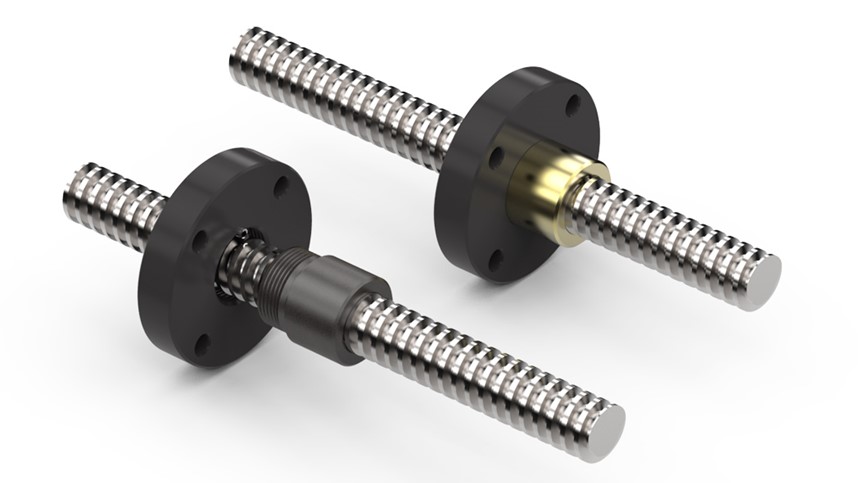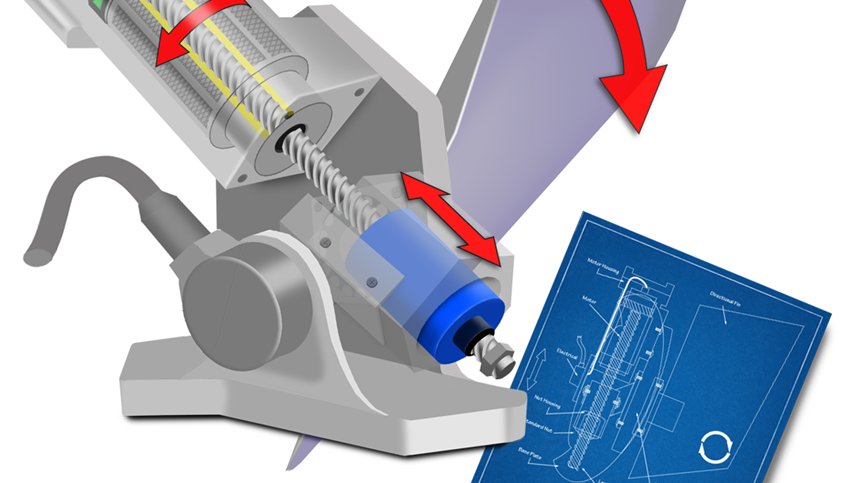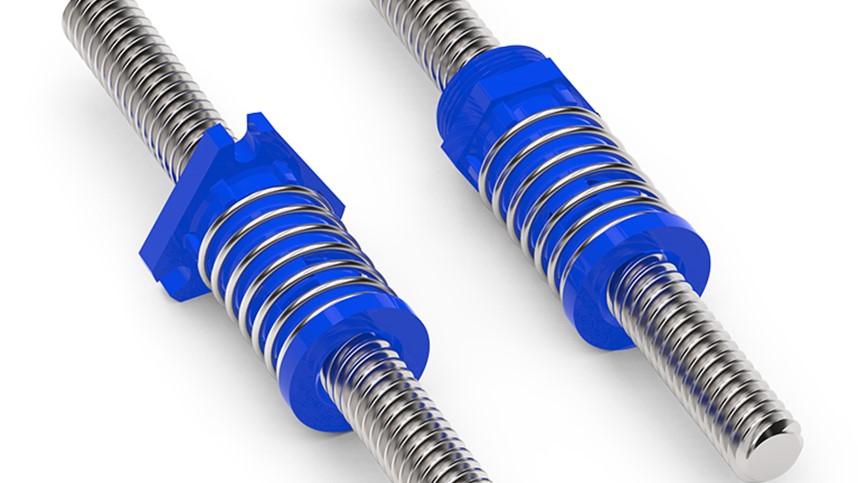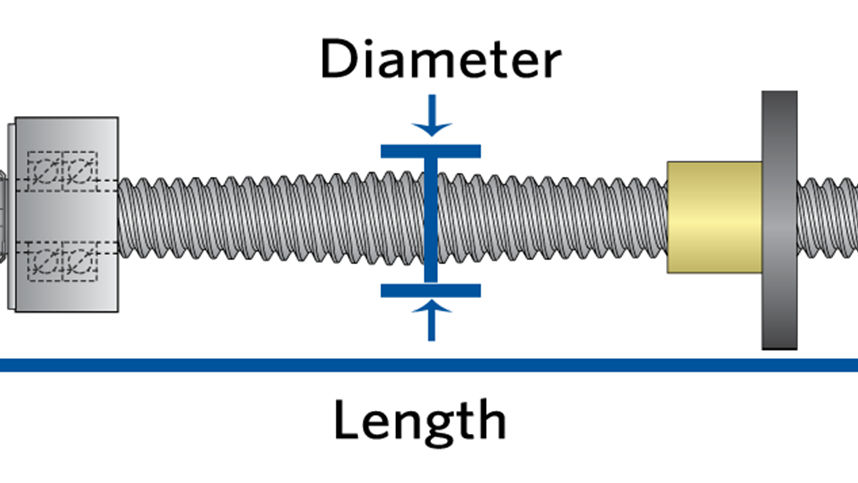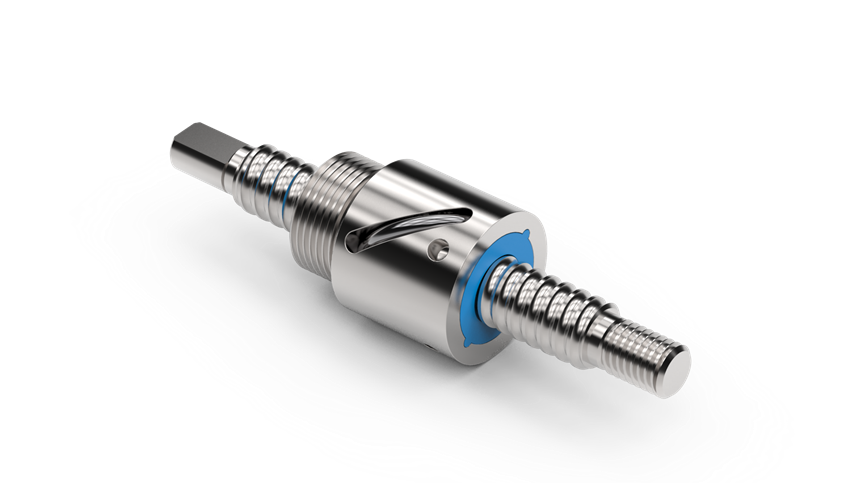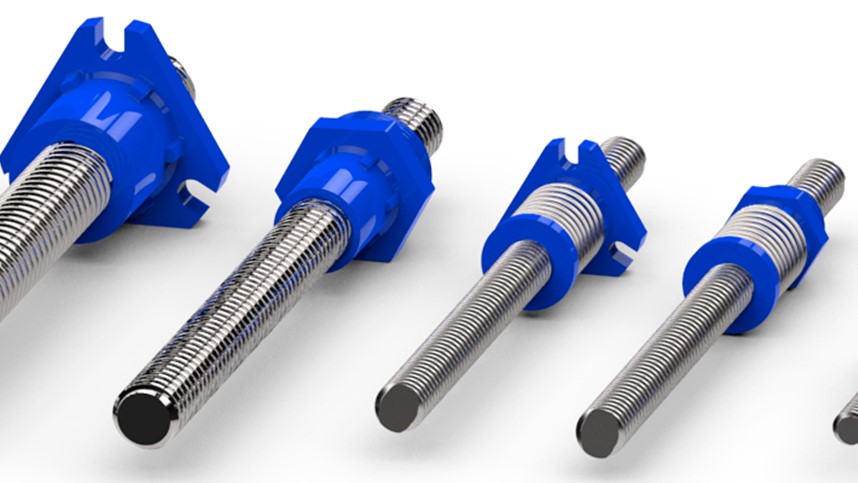While lead screws provide cost, performance, and dependability advantages for many of today’s linear actuation requirements, some motion control applications present challenges that require the use of plastic acme nuts, which are engineered to provide internal lubrication, to make lead screws operate more smoothly, quietly, and reliably.
Helix Linear Technologies Blog | Lead Screws
Lead Screws Drive Missile Fin Actuation Systems
Lead and acme screws are used for a variety of linear motion control applications, ranging from syringe pumps to pan-and-tilt systems for security cameras. However, one of the more interesting applications of these screws involves their use for driving the fin actuation that guides a missile to its target.
Questions & Answers about Lead Screws in Mechanical Design
Lead screws have increasingly become the linear motion control solution of choice for mechanical design. The use of lead screws for providing actuation in machine designs and other types of mechanical design is growing because of advances in lead screw design, screw and nut materials, and manufacturing technologies.
Five Key Steps for Selecting Lead Screw-Driven Motion Control Systems
Selecting the right motion control system can often mean the difference between success and failure. To optimize performance, reliability, maintenance requirements, and service life, design engineers should conduct a thorough evaluation of their options in conjunction with configuring the most suitable lead screw as a means to drive the specific application.
Lead Screws: Small Size Doubles Duty in Medical Device Design
Helix has recently introduced its precision miniature lead screw designs for light load medical device design and applications that deliver fast speed and close tolerance positioning. Designed for compact applications that require the dual ability to be fast and precise - ideal for accurate positioning requiring a rapid approach and retraction.
How to Pick the Right Acme Nut for your Lead Screw Application
High-end, motion control lead screw applications only perform as anticipated when the screw is matched with the right acme nut—whether the acme nut be available as a standard component or produced from a specific custom design.
Lead Screws vs Ball Screws: It's All about the Application
Today’s motion-driven automation environments demand effective linear motion control systems, such as lead screws and ball screws. Although lead screws are often seen as less expensive substitutes for ball screws, making a decision on which type of screw to use is a lot more complicated than focusing solely on cost.
3 Benefits of PTFE Coatings on Lead Screws
There are so many benefits of using PTFE coated screws to improve and enhance your products and applications. Before we get into some benefits of choosing PTFE coated screws, here's some more information on the product itself:
Are Lead Screws for you?
Lead screws are a lower cost linear motion solution than any other mechanical, pneumatic or hydraulic product. Precision lead and acme screws are manufactured from special high carbon alloy steels and anti-corrosive stainless steels that lend themselves to precision thread-rolling processes and to the demanding applications where engineers apply them.


